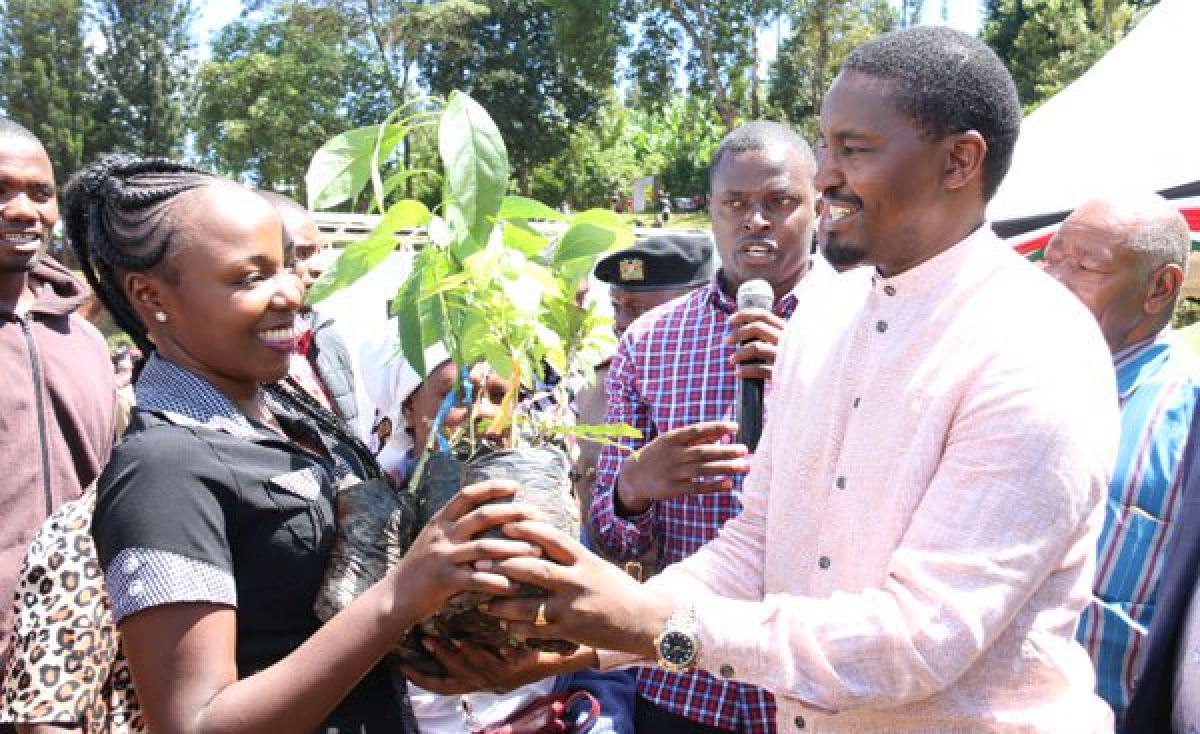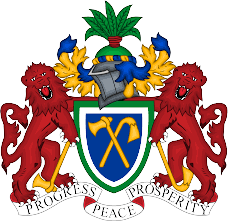Introduction to the GIRAV Project’s Matching Grants Scheme
The GIRAV Project is contributing to addressing limited access to finance for commercial agriculture through its Component 3: Mobilizing productive private investments along the value chains. This component has a Matching Grants budget of US$9 million. The Central Projects Coordinating Unit (CPCU) under the Ministry of Agriculture and Livestock is executing the matching grant instrument to co-finance competitively selected private Productive Investments Subprojects (PISs) developed by individuals (500), groups (100) and SMEs (10). These subprojects will focus on agricultural production, marketing, processing, or service provision in the target geographical areas and along the five priority value chains of the project namely Rice, Maize, Cashew, Horticulture (including Mango) and Poultry. The initiative is funded by a Seven-year Gambia Government-World Bank funded project titled “The Gambia Inclusive and Resilient Agricultural Value Chain Development Project” (GIRAV).
Deadline for application is 27th June 2024
OBJECTIVES OF THE MATCHING GRANTS SCHEME (MGS)
This MGS aims to co-finance productive investments to leverage private capital and promote agricultural value chain development along the targeted value chains and will co-finance competitively selected productive investment subprojects (PISs) developed by small private investors (individuals or groups) and agribusiness SMEs. Additionally, on a case-by-case basis, this subcomponent will co-finance promising subprojects in any part of the country based on the investment’s prospective impact on the local economy and contribution to the Project Development Objective (PDO). Subprojects using climate-smart technologies will be strongly encouraged.
WHAT WILL NOT BE COVERED UNDER THE GRANT
The MGS will not be utilized for financing operating costs of the applicant individuals, groups / organizations and SMEs (including their salaries) which are not part of the core costs directly related to the project, purchase of land, capital investments, debt repayment, depreciation, inflation, and contingencies.
WHAT WILL BE COVERED UNDER THE GRANT
Eligible Expenditure Financed by Grant Proposals would be provided in three broad categories as highlighted below and a typical proposal may include a mix of these three categories. The template of the FP will require the applicants to provide a breakdown of the proposed budget along these three broad categories.
Proposed Budget Categories
1. Category A: Agricultural Machinery, Irrigation, and Processing Equipment
This category may include materials, supplies, equipment, and other expenses associated with the agribusiness. modern solar-powered irrigation technologies (drip or central pivot systems for large farms, pumps, boreholes, greenhouses, vertical farming structures, and others); Farm machinery like power tillers, milling equipment, paddy threshers, rice drying floors, etc. Processing equipment like packaging and labeling (including improvements to existing processing facilities).
2. Category B: Technology Transfer Activities & Technical Assistance
This category may include climate-smart technologies and costs of studies such as test marketing: Certified seed of improved varieties (high yielding, early maturing, droughtresistant, salt-tolerant) and environmentally friendly pest and disease management inputs. Training and professional services; the costs associated with technical assistance (TA) and the purchase of knowledge-based services such as training, business services, plans, test marketing, value chain studies, and technology development are eligible. Technology transfer and extension activities would cover the transfer of technologies and the organizing activities and education of farmers and agri-businesses, including demonstrations.
3. Category C: Working Capital and Other business start-up cost
This category may include: Hired labor, Inventory, Transport Services (Tricycles for mobility).
There are two windows of the MGS for co-funding productive investments to leverage private capital mobilization:
Window 2 had a funding of USD4 million from the project and this has already been awarded to 19 SMEs in August 2023.
Window 1 1 has a funding of US$5.00 million of matching grants. It is targeting small investments by individuals or groups of producers, traders, processors, and service providers. It is divided into two subsidiary windows accommodating PISs promoted by (i) individuals and (ii) groups. In total, it is estimated that Window 1 will co-fund at least 500 PISs promoted by individuals and 100 PISs promoted by groups.
In total, Window 1 will provide matching grants of up to 80 percent of the cost of the PIS, up to a maximum of US$10,000 for the investment subprojects of individuals and US$20,000 for those of groups. Beneficiaries will contribute at least 20 percent of the subproject cost in cash (either their own equity and/or a commercial loan). A major criterion for selection of sub grants is inclusion of climatesmart measures to reduce climate risks and emissions.
Eligibility
Eligibility criteria for Individuals are as follows:
- Must prove identity and residency in the targeted district.
- Principal activities of the individual must be concerned with irrigation, production, processing, marketing, or service provision in the target value chains indicated by the project and must be situated in the project area
- Beneficiary can submit only one PIS at a time and cannot benefit more than one time from any of the funding windows.
- Must have an account with a Financial Institution (FIcommercial bank or microfinance institution).
- Beneficiary must be the primary beneficiary of the PIS.
- Commit to respect all safeguard requirements of the project.
- Documented availability of resources (in cash) for contribution to matching grant as shown in a costed PIS.
- Commit to participate in capacity-building activities as prescribed by the project, such as training and technical assistance to develop a business plan acceptable to the project.
Eligibility criteria for GROUPS (e.g., producer or value chain actor organization, association, farmer cooperative, commodity interest group):
- Established at least one year prior to requesting project support.
- The group’s principal activities must be concerned with production, processing, marketing, or service provision in the target value chains indicated by the project and situated in the project area.
- Beneficiary can submit only one PIS at a time and cannot benefit more than one time from any of the funding windows.
- Must have an account with a Financial Institution (FIcommercial bank or microfinance institution).
- Beneficiary must be the primary beneficiary of the PIS.
- Commit to respect all safeguard requirements of the project.
- Documented availability of resources (in cash) for contribution to matching grant as shown in a costed PIS.
- Commit to participate in capacity-building activities as prescribed by the project, such as training and technical assistance to develop a business plan acceptable to the project.
- Provide proof of juridical existence (registration certificate).
Additional eligibility criteria for women and youth :
WOMEN
- Women-led groups and groups that have a majority of female members.
- Women-led SMEs..
- Eligible for start-up without prior experience..
YOUTH
- Defined as women and men ages 18–35 years at the time of submission, interested in any of the eligible value chains.
- Eligible for start-up without prior experience.
- Youth-led groups and groups that have a majority of youth members.
- Rural youth: interested in expanding their agricultural businesses, regardless of education level.
- Accept to participate in a field incubation program (on-the-job training in a small or medium agribusiness enterprise in the target value chain).
- Urban youth:
- Graduated from agricultural institutes or business school.
- Graduated from entrepreneurial training, business incubator programs, or agricultural training programs, or willing to participate in such a training program.


